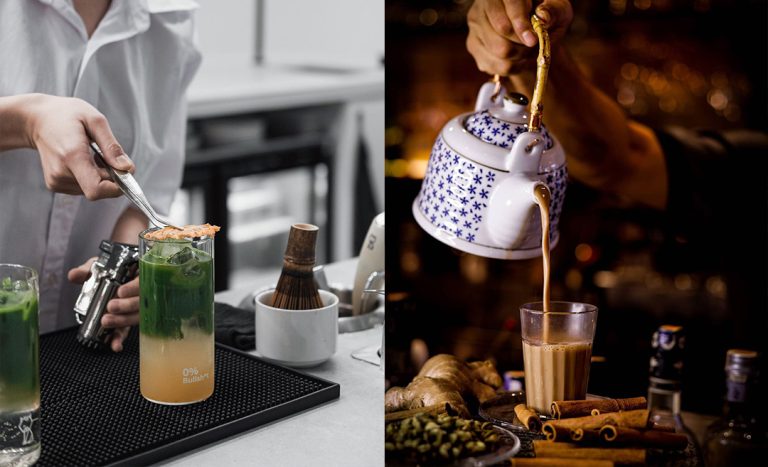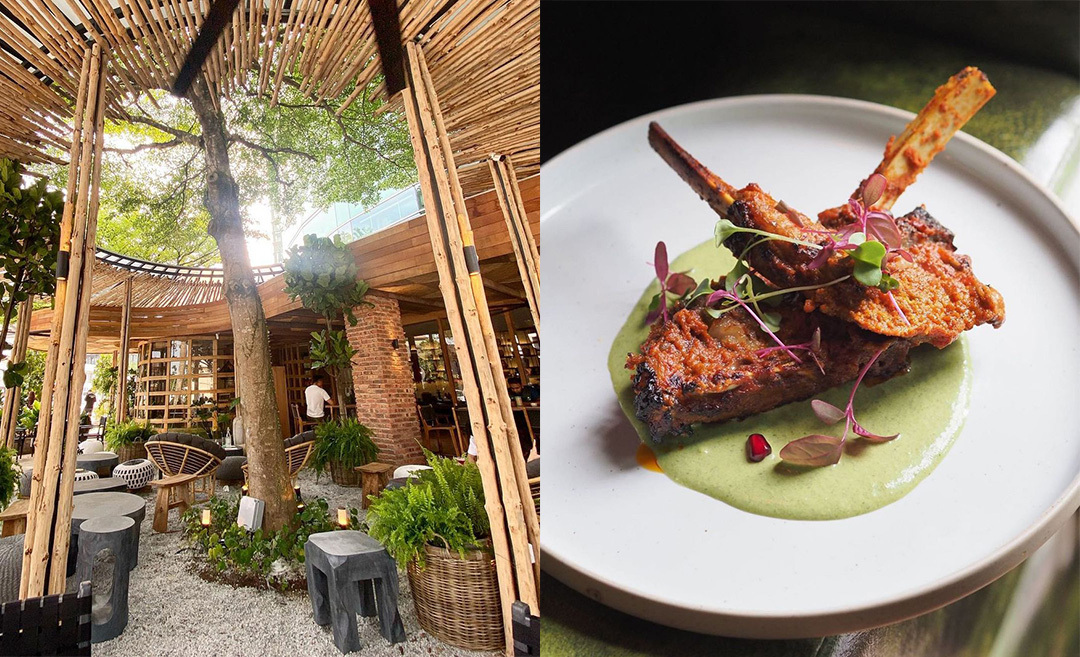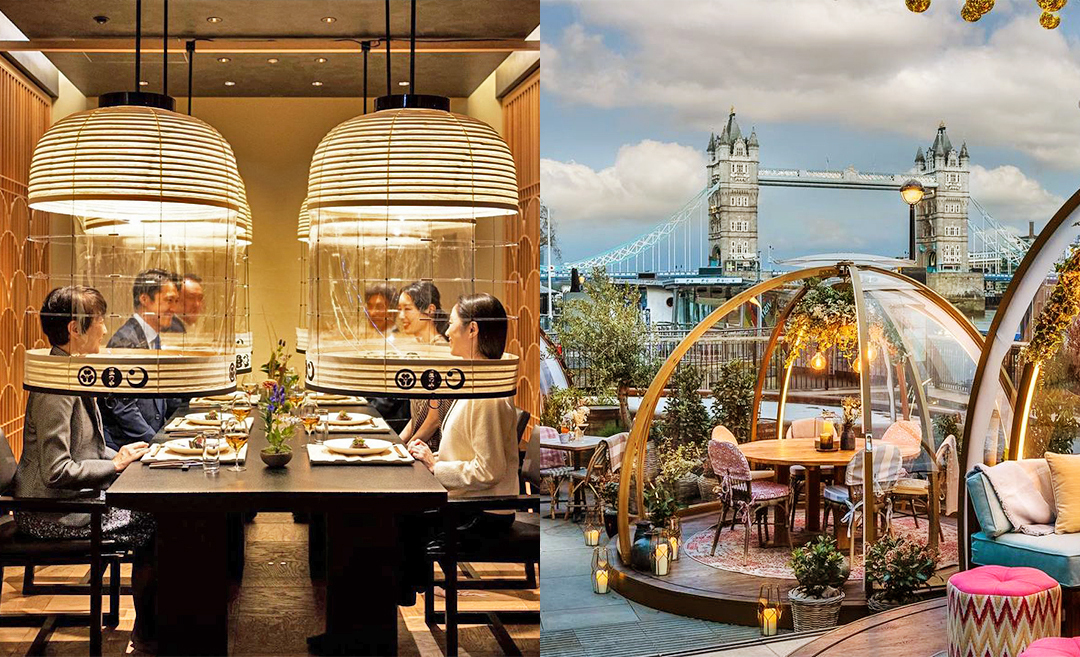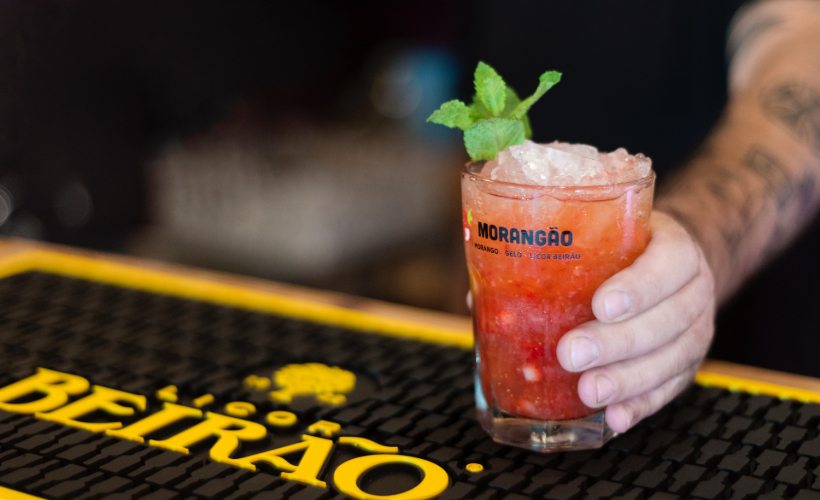While the classic martinis and Frappuccinos are all good thirst quenchers, why not step outside the norm and try a new concoction? Not only will many of these beverages be new to your taste buds, but they tend to hold the possibility of toeing the line between healthy and indulgent (leaning more towards the former, believe it or not).
From Mexico to Japan, let your palate take a trip around the globe with these nine must-try artisanal drinks along with where you can enjoy them, all located within the Klang Valley. Bonus point: For the boozy options on the list, you don’t have to wait until happy hour to enjoy them!
Kombucha
Sip it at: Alocha Kombucha, Petaling Jaya
We start this list off with a beverage loved by many, known as kombucha. Odds are you’re already familiar with the drink. Still, as a refresher, it is essentially a sweetened fermented tea, typically made with black or green tea, originating from Northeast China around 220 BC. However, the current terminology supposedly derived from Korean-born Dr Kombu’s combination who introduced the tea to the Japanese Emperor Inkyo and ‘cha’, the Japanese word for ‘tea’.
Highly praised for its impressive healing properties (thanks to the boatload of vitamins, antioxidants, amino acids, and probiotics contained), an estimated two-week to one-month long double fermentation process typically occurs with the help of a SCOBY (pancake-shaped symbiotic culture of bacteria and yeast). Although it contains low alcohol levels due to the earlier reasoning, it is generally marketed as a non-alcoholic drink.
Hojicha
Sip it at: Niko Neko Matcha, Bangsar & Chinatown
The younger sister of the iconic matcha, hojicha stems from the fragrant Japanese green tea family tree. While the latter possesses vibrant mossy green tones with a typically bitter taste, the former is tinted with shades of cinnamon thanks to the trademark roasting element that lends to a more favourable earthy, rich flavour profile.
It should be noted that this beverage was accidentally yet sustainably invented in Kyoto during the 1920s, when a tea merchant decided to roast the leftover leaves, stalks, and twigs from matcha’s mechanical harvesting over fiery charcoal flames. With several varieties in the market, this eureka moment is a splendid must-try.
Masala chai
Sip it at: Kayra, Bangsar
Suppose there’s one piping hot liquid delight that’s fervently cherished in practically all Indian households. It’ll likely be the and only masala chai. Barring from the sinful act of uttering the repetitious ‘chai tea’, the ingredients for this version of leaf juice, developed in early 20th century India, is pretty much in its name, which directly translates to ‘spice tea’.
To be more specific, expect a cup filled with black tea that’s been brewed with an assortment of fresh aromatic spices and milk. As every family possesses their signature recipe, the blend of spices tends to vary, but often consist of a mix of cardamom, cinnamon, ginger, cloves, and black peppercorn.
Kashmiri chai
Sip it at: House of Pakeeza, Petaling Jaya
Speaking of chai, let’s talk about an underrated South Asian classic that goes by just as many monikers as the tally of visages worn by Arya Stark herself: noon chai, shir chai, gulabi chai, pink tea, or the regional namesake known as Kashmiri chai. It’s believed to have been sprouted in the Kashmir Valley (located in the northernmost region of the Indian subcontinent) before it gained popularity in neighbouring Pakistan.
This dusty pink concoction is made with ultra cool-sounding gunpowder tea (green tea leaves rolled into petite balls), milk, baking soda, and sea salt, along with green cardamom pods, cinnamon sticks, and cloves. Before it’s served, crushed pistachios are sprinkled on top as a garnish. Making this beverage can take up to 30 minutes, so a lot of patience is required if you’re planning on whipping this up at home.
Horchata
Sip it at: Tapestry, Chow Kit
This Mexico-associated beverage is a plant-based milk typically made from soaked rice flavoured with cinnamon and granulated sugar as its foundational elements. For extra depth in sweetness, almonds, coconut, and vanilla are often added.
Also known as a favourite across Latin America as well as Spain and West Africa (these two countries reference the name ‘orxata de xufa’ and ‘kunnu aya‘, which uses tiger nuts instead of rice), its history can be traced back to even before the 16th century, courtesy of the Romans. Derived from the Latin term ‘hordeum’, which is now the scientific name for barley, you can undoubtedly guess that this grain was the original prerequisite or star ingredient in the prototype.
Tepache
Sip it at: The Locker & Loft, Petaling Jaya
Harkening back to pre-Columbian Mexico, the ingenious Nahua tribe invented the mild yet refreshing fermented libation that revolves around sweet, juicy pineapples: tepache. Guaranteed to pack a mighty punch in flavour, this ever-so-slightly alcoholic drink contains tonnes of fresh pineapple, piloncillo (unrefined Mexican brown sugar), cinnamon, star anise, and cloves.
However, the critical element in assisting the much-needed fermentation process lies in the pineapple peels with tibicos (water kefir) occasionally playing a supporting role in accelerating it. Therefore, its status as a tipsy beverage or kid-friendly soft drink depends on the fermentation duration at room temperature. It takes at least one to three days until a faintly sweet, yet pleasantly tart flavour is produced.
Butterfly pea tea
Sip it at: De.Wan 1958 by Chef Wan, The LINC KL
Exuding an alluring royal blue hue, we can’t imagine a more mystical brew fit for an enchanting garden party than a glass of butterfly pea tea. It’s created from the pretty yet cheekily-named clitorea ternatea plant that’s also referred to as ‘Asian pigeonwings’ and, of course, blue pea tea flower.
Originating from Southeast Asia, this caffeine-free herbal drink is commonly enjoyed in Thailand, and called nam dok anchan. Simplicity at its finest, all you need to do is steep dried blossoms in boiling water before taking a heavenly sip of an earthy, woody flavour profile with a distinct floral aroma.
Not only does it look magical, but it acts like it, considering a few drops of lemon will quickly transform it into a shade of violet!
Fermented lemonade
Sip it at: Simply Good Food, Mont Kiara
This particular lemonade is fermented with the help of fresh lemon juice, water, sugar, and whey – all the ingredients any health enthusiast would have in their pantry. The last ingredient listed here stands as the pivotal player due to its high probiotic content and acts as a water-like substance that forms on the top layer of yoghurt. Once mixed with the remaining components, it snowballs the cultivation process, and you’ll get yourself the fermented lemonade.
Shrub
Sip it at: Frank’s Bar, Avenue K
No, we’re not talking about the one created by Mother Earth. Instead of green tangled moss on the ground, the shrub is actually a vinegar-based cordial or soda that’s also made from fruit and sugar.
The label for this traditionally non-alcoholic syrup was derived from the Arabic word sharāb, which translates to drink or syrup. Historically, it was supposedly invented to preserve fresh fruit long before the existence of the refrigerator.
The shrub offers titillating notes of tangy sweetness. Meanwhile, aromatics such as herbs, citrus, and spices are often added to the blend for a more sophisticated and complex body of flavour. Nevertheless, it can be enjoyed solo, added with soda water, or even boozy cocktails for that extra buzz, as such a practice started becoming popular in the 19th century.



